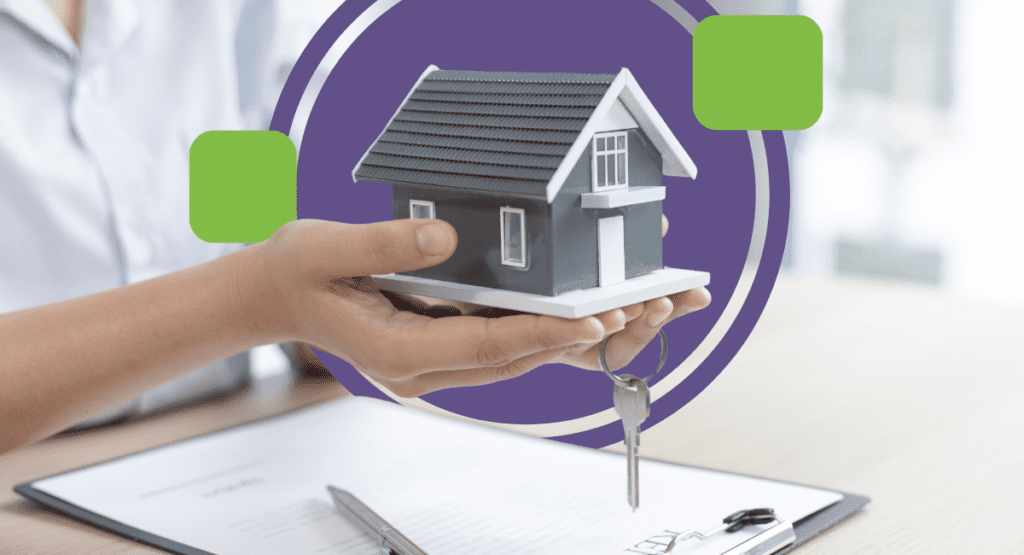Key Takeaways:
- Special programs can help educators qualify for home loans
- First-time homebuyer programs can help teachers become homeowners
- Down payment assistance can make it easier for borrowers to qualify for a mortgage loan
There are about 3 million teachers in public schools, according to data from the National Center for Education Statistics. With home prices still relatively high, some educators might feel like homeownership is out of reach. The average teacher salary in the United States is $63,645, but teacher salaries vary widely by state.
Depending on where you live and the housing market, qualifying for a home purchase on a pre-kindergarten to 12th grade teacher's salary might be difficult. Let’s take a look at mortgage programs designed to help teachers become homeowners.
What’s a teacher mortgage loan?
Teacher loan programs are aimed at helping educators receive down payment assistance, get low interest rates and even get grants to use toward buying a home. Depending on the program, eligibility requirements might include teaching in an elementary or secondary school full-time.
Some programs encourage teachers and civil servants to buy homes in revitalization areas. With deep discounts on home prices and help with closing costs and other expenses, it becomes possible for teachers to afford to buy a home.
Additionally, a few teacher loan options are government-backed programs that anyone can access, such as FHA loans, USDA loans and VA loans. All of these home loan programs offer the chance for teachers to take advantage of different terms to make homeownership more affordable and manageable.
4 Teacher home buying programs
When considering how to buy a home as a teacher, consider looking into special programs designed to create affordable housing for teachers.
1. Teacher Next Door
The Teacher Next Door program is designed to help teachers and other public service professionals afford homeownership. You must be financing a single-family home in order to qualify. Some of the benefits included with this program include:
- Grants of up to $8,000 toward buying a home in a qualifying area.
- Down payment assistance.
- Low interest rates on loans.
- Low or waived fees for closing costs, like title, appraisal and broker fees.
- Optional credit counseling.
An advantage to this program is that it can be used with programs like Fannie Mae’s HomeReady, which comes with a low down payment. Teacher Next Door is compatible with other mortgage programs, so speak with a broker about getting the right combination of benefits.
2. Good Neighbor Next Door
The Good Neighbor Next Door program offers a discount on the sales price of a home. You can get up to 50% off a home's listing price in specific areas designated for revitalization. This program is funded by the U.S. government’s department of Housing and Urban Development (HUD) as part of urban development and revitalization efforts. Basically, the government acts as a “silent second” mortgage holder on the property to help you afford it.
To participate, you must teach in a school district that’s in a revitalization area and commit to living in the home for three years. It must be your primary residence for those three years. Once you meet the requirements, the second mortgage is lifted.
3. Homes for Heroes
The main purpose of Home for Heroes is to help teachers save money on closing costs. You can get help paying for inspection fees and other expenses that come with buying a home.
Most of the time, you can use Homes for Heroes in conjunction with other teacher home loan incentives and programs. When combined with something like the Good Neighbor Next Door or Teacher Next Door loan programs, the Heroes program can be a way to significantly reduce the upfront costs of buying a home.
4. Government-backed mortgage loan programs
In addition to loan programs that focus on teachers, there are also home buyer assistance programs offered by the government. Here are some promising programs that you might be able to use in conjunction with other teacher loan and down payment assistance programs.
- USDA loan: If you live in a rural area and meet the income limits, you might be able to get a home loan with no money down.
- FHA loan: You can pay as little as 3.5% down as long as your credit score is at least 580. However, you do have to pay mortgage insurance on this type of loan. If you want a low down payment and more flexible eligibility requirements, this can be a good choice.
- VA loan: If you’ve served in the military, you might be eligible for a VA loan with no down payment. There’s no credit requirement, but the lender might have its own requirements. Instead of mortgage insurance, you’ll pay a VA funding fee.
Other loan programs for educators
You might have access to other programs that can help you buy a home as a teacher. Check with your local teacher’s union to see if discount programs or down payment assistance exist.
Additionally, state and local first-time homebuyer programs can help you get together the money for a home purchase. Check to see if local programs work in conjunction with other programs. Your mortgage lender or real estate agent should be able to help you find the right combination of incentives that work for you.
Is a teacher loan program right for you?
Many home loan programs exist, each aimed at different career professionals, including physician mortgage loans and teacher mortgages. Carefully consider whether you qualify for different incentives and programs and whether you can use government-backed loans, down payment assistance and first-time homebuyer programs in conjunction to help you make your purchase.
No matter what program you use, it’s important to consider the loan amount and avoid getting in over your head. Make sure the home is affordable on a long-term basis and that it fits within your goals. Homeownership could be within reach with the right approach, even on a teacher’s salary.


